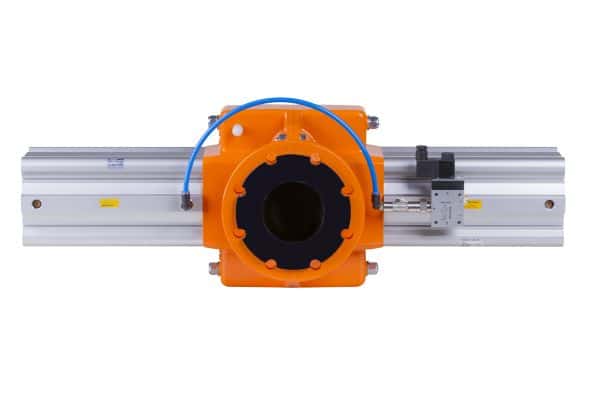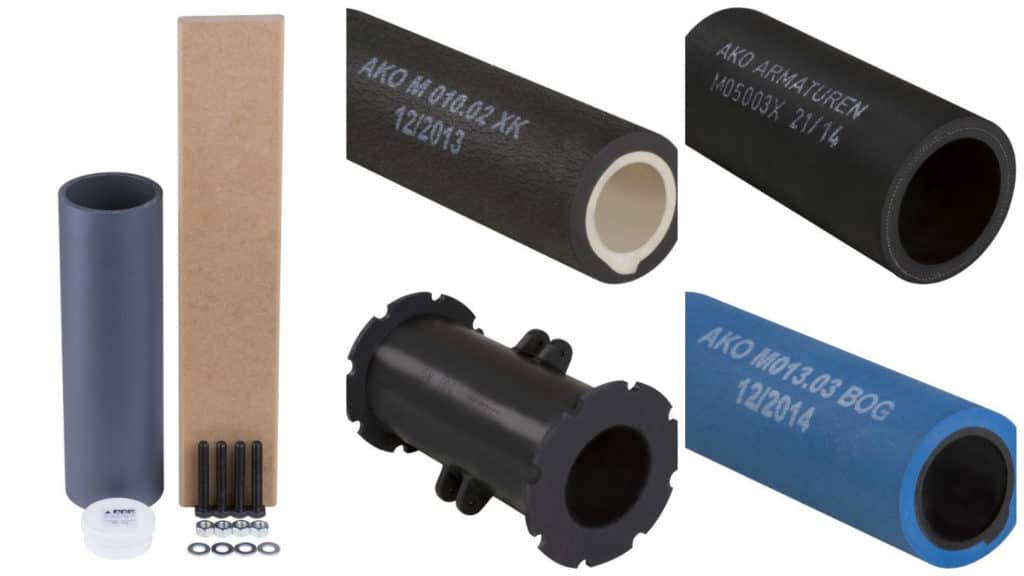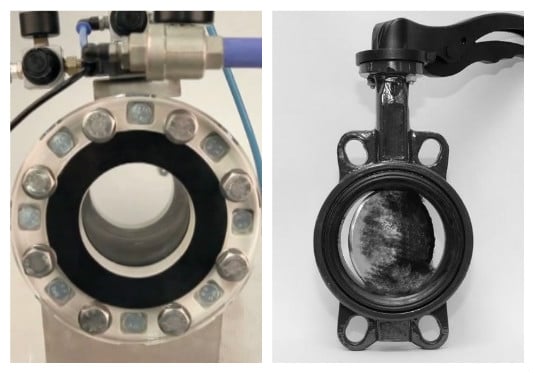The Importance of Valves for Chemicals in the Industry
Pinch valves are increasingly becoming popular in industries that involve handling corrosive and fibrous materials. This type of valve is highly suitable for such applications because they use a 100% tight blocking method and have the ability to shut easily and quickly. Not only that, valves for chemicals with a pinching sleeve mechanism are known for the high versatility in applications with specific operating temperature requirements.












